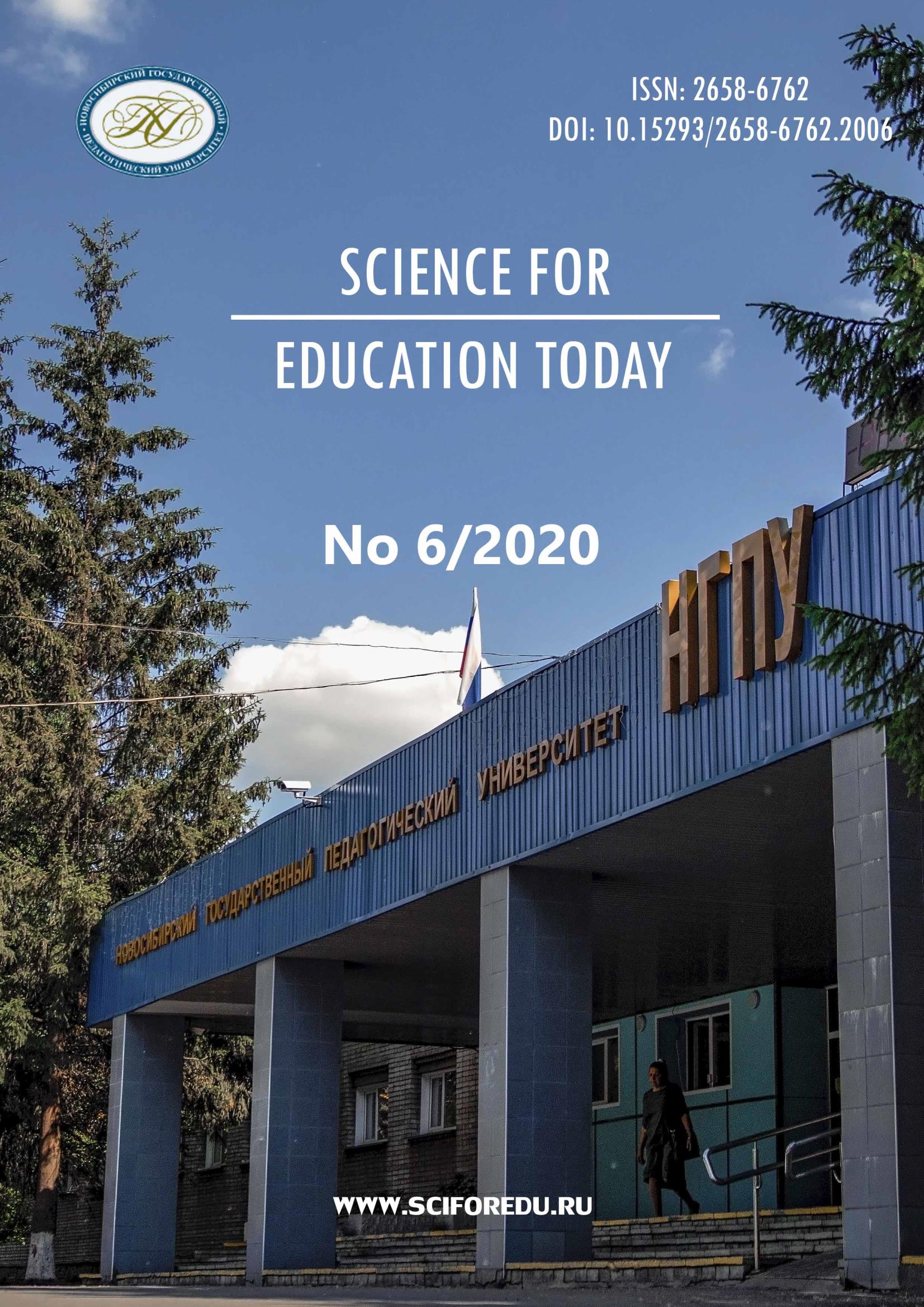Исследование взаимосвязи размеров тела и социального статуса детей и подростков в коллективе сверстников (на примере русских школьников)
A study of correlation between body size and social status of children and adolescents within a peer group (with the main focus on Russian schoolchildren)
Author(s): Valentina Nikolaevna BurkovaSubject(s): School education, Health and medicine and law, Victimology, Sociology of Education
Published by: Новосибирский государственный педагогический университет
Keywords: Russian schoolchildren; Social status; Popularity; Victimization; Body size; Height; Weight; Body Mass Index;
Summary/Abstract: Introduction. Studies of correlation between body size and social status indicate that morphological parameters (height, weight, body mass index) have an impact on the popularity and unpopularity of children and adolescents among peers. However, the available research investigations are controversial and have a range of limitations. The drawbacks of previous studies include mixed samples and little attention to the ethnic factor in the analysis, while morphological and behavioral indicators in different ethnic groups can differ greatly. The purpose of this work is to study the correlation between body size (height, weight, body mass index) and social status of schoolchildren in a peer group (with the main focus on Russian schoolchildren). Materials and Methods. The research was conducted in Moscow (the Russian Federation). The sample consisted of 1077 schoolchildren (507 male and 570 female) aged between 10 and 18 years. At the first stage of the research, all students completed a demographic questionnaire (gender, age, and ethnicity). The sample included only schoolchildren who consider themselves Russian. For assessing social status, a rating scale method was used: each participant completed a rating-scale sociometric to index popularity within the class. Next, anthropometric measurements of each respondent were made - body length, body weight, followed by the calculation of the body mass index (BMI). Results. The data analysis revealed the relationship between morphological parameters (body size) and the social status of schoolchildren within the group. The data were obtained on a homogeneous sample of Russian schoolchildren. However, this relationship was significant only for adolescence and was determined by gender. In addition, the authors revealed that low social status is determined by both overweight and underweight. Conclusions. The results show that morphological indicators (height, weight, body mass index) affect the popularity and unpopularity of children and adolescents among peers. The findings enhance our understanding of the relationship between body size and social status and related problems of victimization and aggressive behavior in adolescent groups.
Journal: Science for Education Today
- Issue Year: 10/2020
- Issue No: 6
- Page Range: 74-99
- Page Count: 26
- Language: Russian

